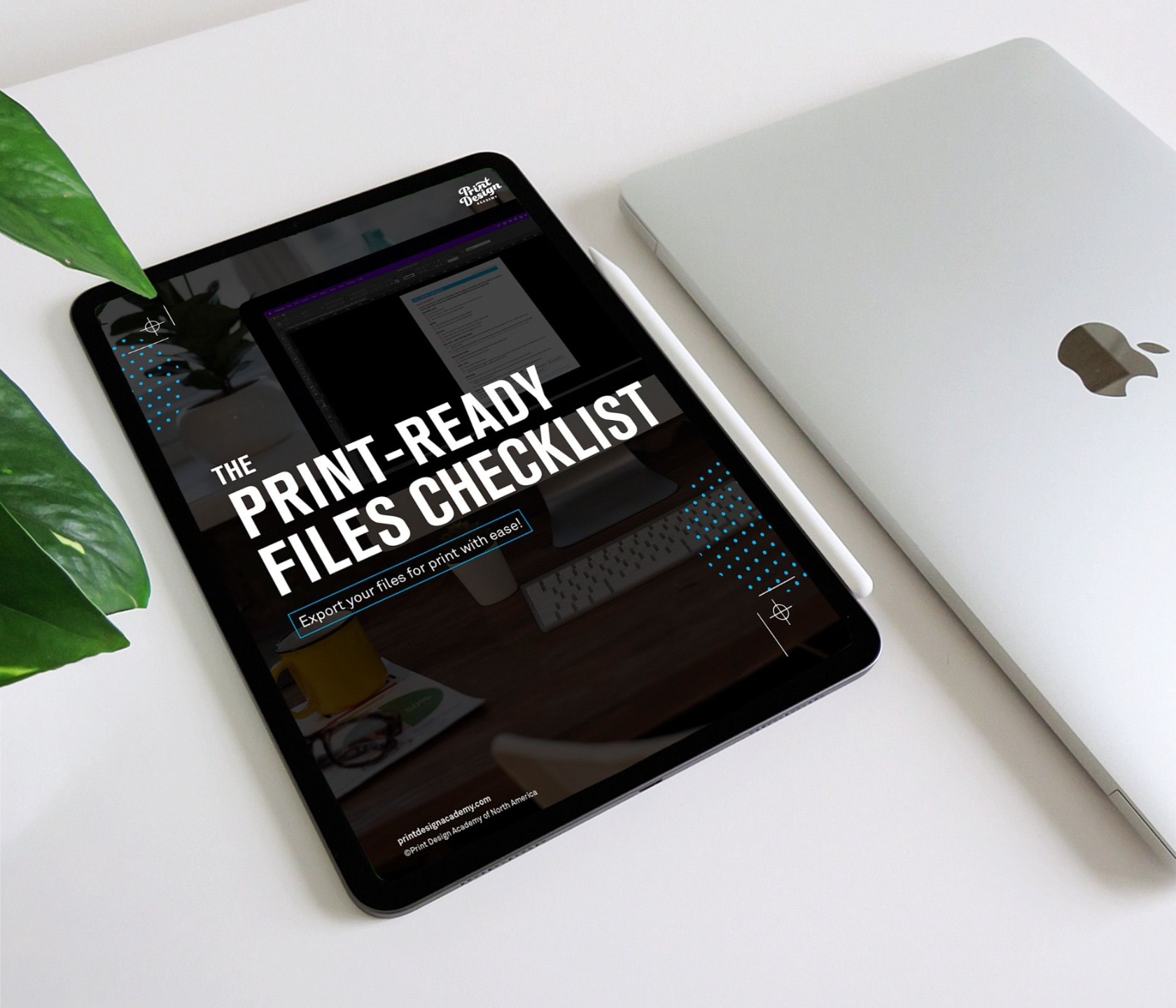Hot Foil vs. Cold Foil: Top 5 Differences Every Designer Should Know
Oct 18, 2023
In the amazing world of print and packaging design, foiling techniques can make your projects shine—literally. Foil can also increase the perceived value of products, and create a luxurious experience for brands.
Two of the most prominent methods of making foil happen are hot foil and cold foil. Each offer unique advantages. But which one should you choose for your client's project?
Let’s demystify these magnificent print embellishments. I’m going to share with you the top 5 differences between them, talk about the pros and cons of each, and give you my suggestion on the best-fit projects for each. Let's go!
1. Application Process
First you gotta understand how each of these processes work in order to start putting together where they fit best. So let's ease in with that.
Hot Foil:
This is a dry process. A stamp or die of the design to be foiled is mounted onto the stamping machine and heated up. The machine then presses the foil onto the substrate, leaving the foiled design on the surface of the substrate. Likely with a little impression on where it was pressed in.
Cold Foil:
A UV-curable adhesive is printed onto the substrate in the shape of the design. It can be block areas or as detailed as you would print an ink, to the dot. The foil is then pressed onto this adhesive. When exposed to UV light, the adhesive cures and bonds the foil to the substrate, only where the adhesive was printed.
2. Foil Colors
Hot Foil:
Hot foiling typically applies one color of foil at a time. If a design requires multiple foil colors, the process must be repeated for each color, making it more time-consuming, and costly with multiple setups for multi-colored designs. Each different color requires a roll of foil which is the color you want in your design.
Cold Foil:
Cold foiling allows for the application of foil and then overprinting on top of the foiled areas. This means that designers can achieve a multitude of colors and effects using a single foil as a base and in one pass on the printing press. This makes it a more versatile option for designs with multiple colors or gradients. Or packaging with multiple SKUs where each SKU has a different color of foil.
3. Design Flexibility
Hot Foil:
Designs need to be simpler without many fine or extra small details as these might not transfer perfectly. They may require extra setups and runs on the foil stamping machine adding time and cost.
Cold Foil:
Ideal for intricate patterns and designs since it utilizes a printing process. You can foil to the same level of detail that you would print ink. Including integrating foil into gradients and images.
4. Durability + Registration
Hot Foil:
Offers a high level of durability since the foil becomes embedded into the substrate. However, as this process is typically done separately from printing, there can be slight registration issues for tight foil-to-print designs.
Cold Foil:
Slightly less durable as it sits on the surface, but still robust enough for most applications. Since cold foil is applied in line on press, registration between inks and the foil is extremely precise.
5. Cost
Hot Foil:
More cost-effective for shorter runs and typically more expensive for medium to longer runs. This is due to the need for custom stamps or dies, and because it is a slower process when compared to cold foil. The cost for hot foil stamping projects with multiple colors of foil that require multiple dies can add up quickly.
Cold Foil:
Generally more cost-effective for larger print runs as it's quicker and doesn’t require extra dies. Cold Foil wins on projects that have really detailed or intricate foil or multiple colors of foil as it handles them in-line on press.
Pros and Cons for Hot + Cold Foil
HOT FOIL
Pros
-
Greater depth and textured feel with the impression of the die into the substrate
-
More variety in foil finishes and foil patterns (think holographic designs)
-
Gives a slightly shinier foil as the die "irons" the foil super smooth when pressed
-
More cost-effective for shorter runs even with the cost of a die
-
Is the best way to apply foil to heavily textured uncoated stocks
-
Pretty common and easy to find a print supplier with hot foil capabilities
Cons
-
Requires a custom-made stamp or die
-
Slower process than cold foiling
-
Can get costly with multiple colors of foil
-
Could require you to simplify design to work with the foil
COLD FOIL
Pros
-
Best for labels, flexible packaging, larger print runs, or print runs with multiple colors of foil
-
Can be used with intricate designs including gradients and even incorporated into images
-
Allows for creative overprinting and achieving multiple hues with a single foil application
Cons
-
Not all manufacturers have cold foil technology
-
Slightly more dull of a foil finish when compared to hot foil
-
Limited to smoother substrates (no felt finish uncoated stocks here)
BEST FIT FOR EACH TYPE OF FOIL
Hot Foil
-
Luxury packaging especially if it is on a heavily textured stock
-
Business cards + stationery
-
Wedding invitations
-
Any project where a premium, tactile feel is desired
Cold Foil
-
Labels
-
Flexible packaging
-
Larger print runs on smoother substrates where cost-effectiveness, multiple colors of foil, and speed are crucial
Conclusion:
Both hot and cold foiling offer designers the chance to embellish and add something saucy to their projects. The choice between them depends on the specific demands of the project and the desired result. By understanding the differences, pros, and cons of each, you can make an informed decision and ensure your designs truly shine!



